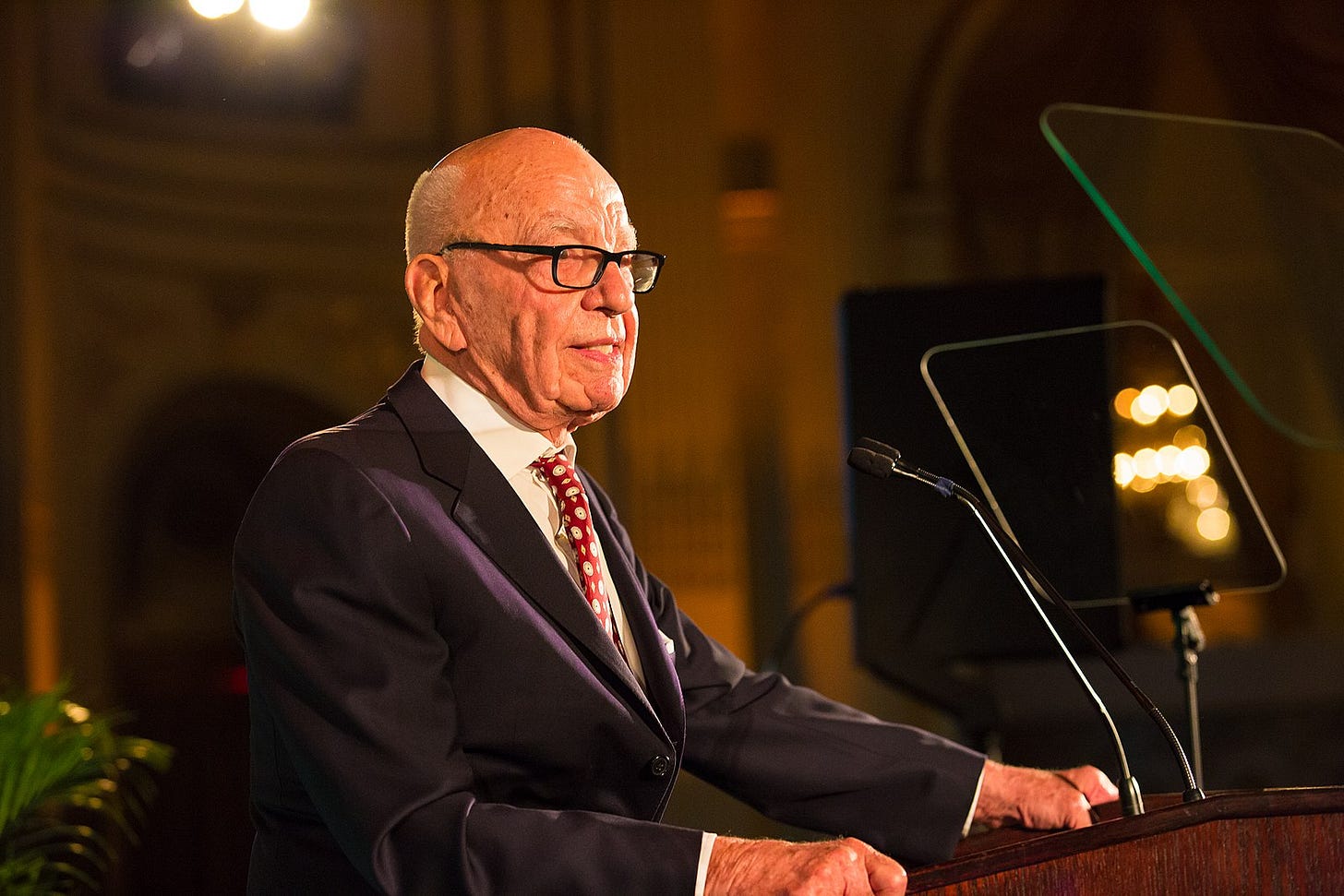Ahead of Saturday’s election in Australia, I’ve written a story for Tribune on the country’s poor record on climate, its concentrated press ownership, and the links between the two.
It’s been raining in Australia for several months. Pretty much non-stop. Relentless, heavy rain: the kind that beats the ground’s capacity to swallow it, that lifts up stable structures like they’re rubber ducks.
This is extreme weather, something to which the country is no stranger. In the nine months leading up to March 2020, bushfires turned skies a smoky amber, swallowing millions of acres of land, thousands of buildings, and thirty-four people.
There’s an election in a few days–one that, like the one before it, is seen as ‘the climate election’. Scott Morrison is the incumbent prime minister. His climate crimes are many, but let’s just say he took a holiday to Hawaii during the aforementioned bushfires, and brought a lump of coal into parliament in celebration of the polluting industry in 2017. ‘Don’t be scared, it won’t hurt you,’ he said.
Morrison is up against the Labor Party’s Anthony Albanese, whose approach to climate is better, but still uninspiring. As things stand, neither party has a clear enough route even to the arbitrary ‘net zero by 2050’ target that’s been set.




